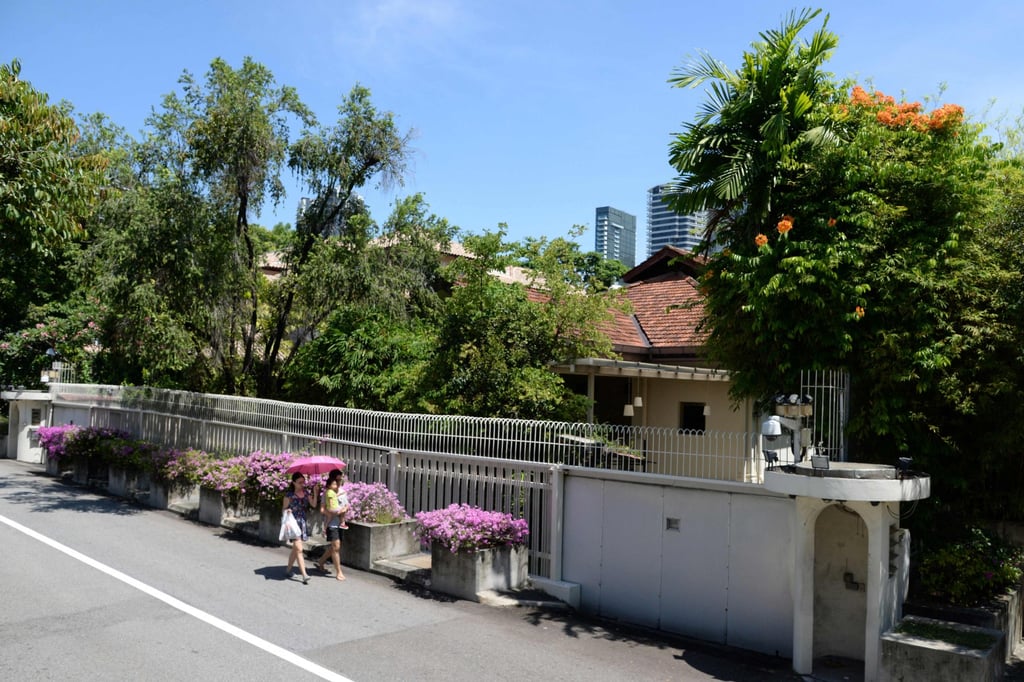Published: 10:00am, 26 Oct 2024Updated: 11:54am, 26 Oct 2024
Located in the heart of Singapore’s bustling shopping district, the late Lee Kuan Yew’s residence at 38 Oxley Road is at the centre of a re-emerged public feud between his sons over its demolition or preservation.
Advertisement
The Lee children have been estranged over the property since 2017, with Lee Hsien Yang, 67, and his late sister Lee Wei Ling accusing eldest brother and former prime minister Lee Hsien Loong, 72, of abusing his power to preserve the house against their father’s wishes, to retain political capital.
The founding members of the ruling People’s Action Party held secret meetings in the basement dining room of 38 Oxley Road and discussed setting up the party in the early 1950s before it was formally launched in 1954.
Singapore’s heritage board has said it would conduct a study on 38 Oxley Road to assess if the site has “national historical, heritage, and architectural significance as to be worthy of preservation”.

Lee Kuan Yew, who died in 2015 and is credited with transforming Singapore from a struggling port into a global hub, had reservations about turning his home into a historical site.
Advertisement
He publicly cited his visit to the late Jawaharlal Nehru’s house in India, which had fallen into a state of disrepair, as a cautionary tale. Nehru was the first prime minister of independent India and died in 1964.

